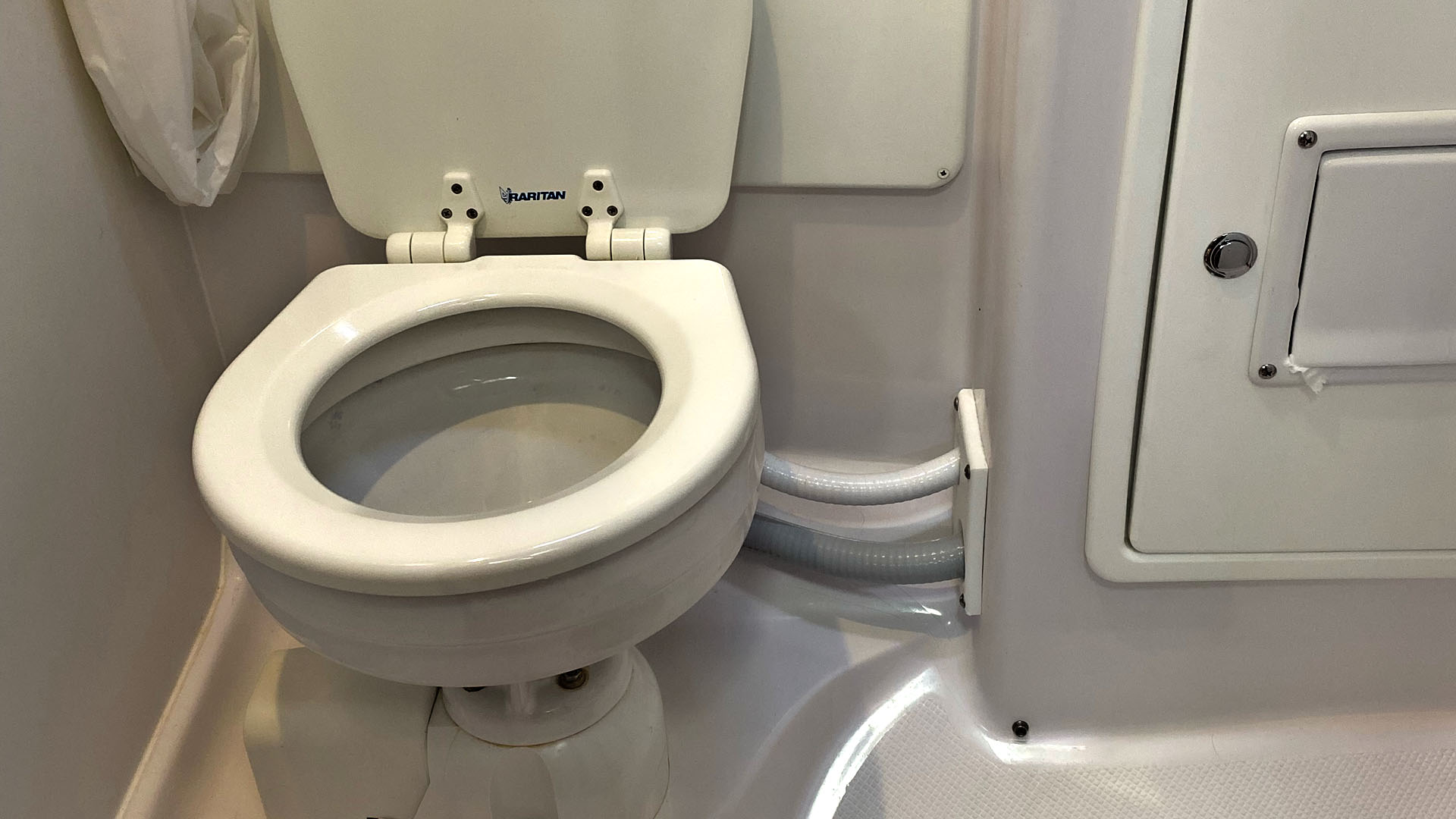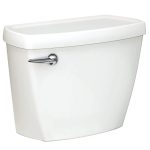Understanding Marine Sanitation Systems
When equipping a boat, one critical aspect that often gets overlooked is the marine sanitation system. Proper sanitation on board is not just about comfort and convenience; it’s also crucial for maintaining hygiene standards and protecting the marine environment. Unlike land-based toilets, marine toilets must be designed to function effectively in a marine environment, where space is limited, and water conservation is paramount. Understanding the different types of marine sanitation systems available can help boat owners make informed decisions that align with their needs and the specific requirements of their vessels.
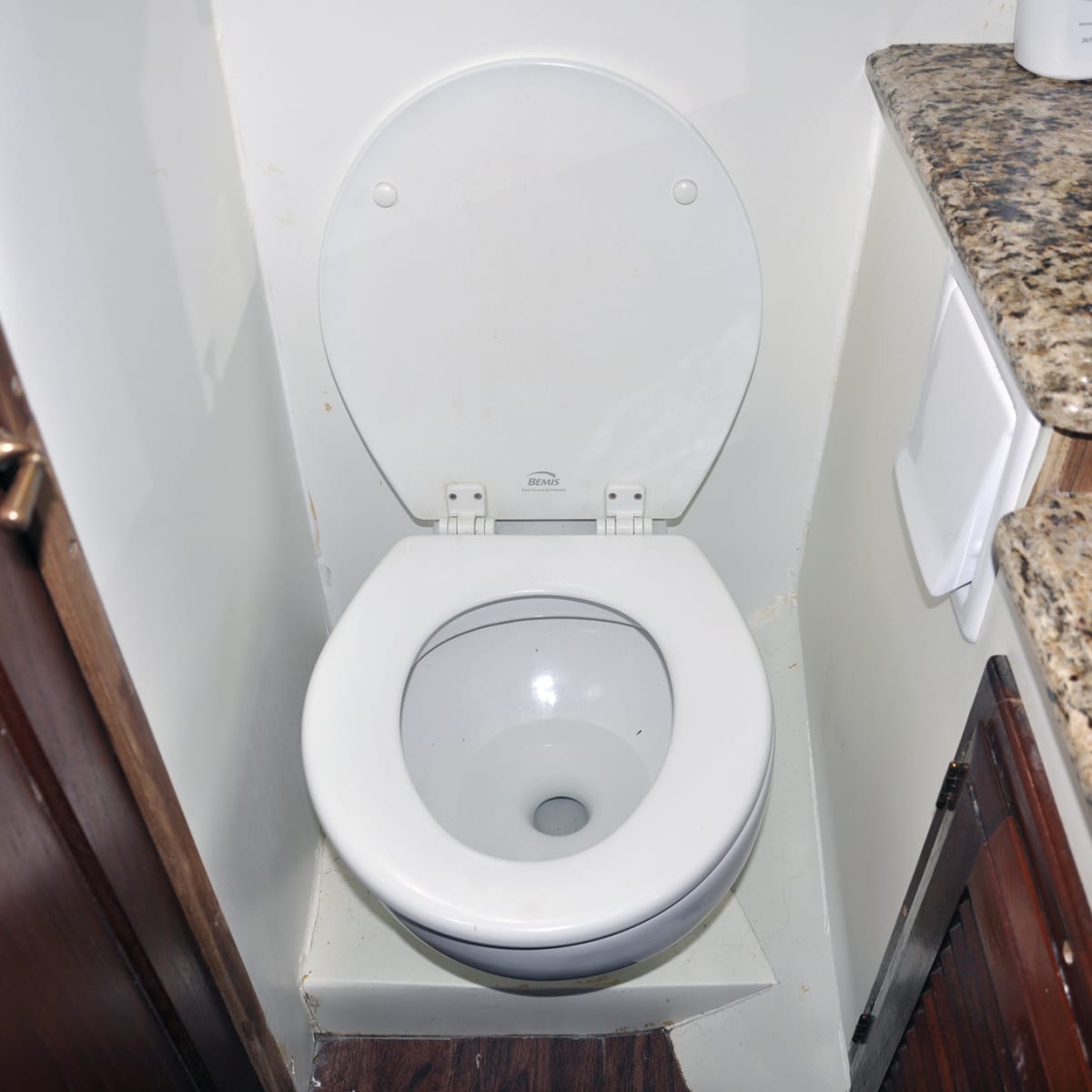
Types of Marine Toilets
Marine toilets come in various types, each with its own set of advantages and considerations. Manual flushing toilets are popular due to their simplicity and reliability. These systems use a hand pump to draw in seawater for flushing and expel waste into a holding tank or directly overboard, where permitted. Electric marine toilets offer more convenience, with automated flushing mechanisms powered by the boat’s electrical system. These toilets often provide a more powerful flush and can be easier to use for those unfamiliar with manual pumping. Another option is composting toilets, which utilize aerobic decomposition to break down waste. Composting toilets are environmentally friendly and reduce water usage, making them ideal for eco-conscious boaters.
Space and Installation Constraints
One of the primary challenges in choosing a marine toilet is dealing with the limited space available on a boat. Boat designers often prioritize living and storage space, leaving minimal room for sanitation systems. This constraint necessitates compact and efficient designs. When selecting a marine toilet, it’s essential to consider the available space and how the toilet will integrate into the existing layout. Some toilets are designed to fit into tight corners or under seats, while others may require more significant modifications to the boat’s structure. Proper installation is crucial for ensuring that the toilet functions correctly and does not compromise the boat’s integrity or safety.
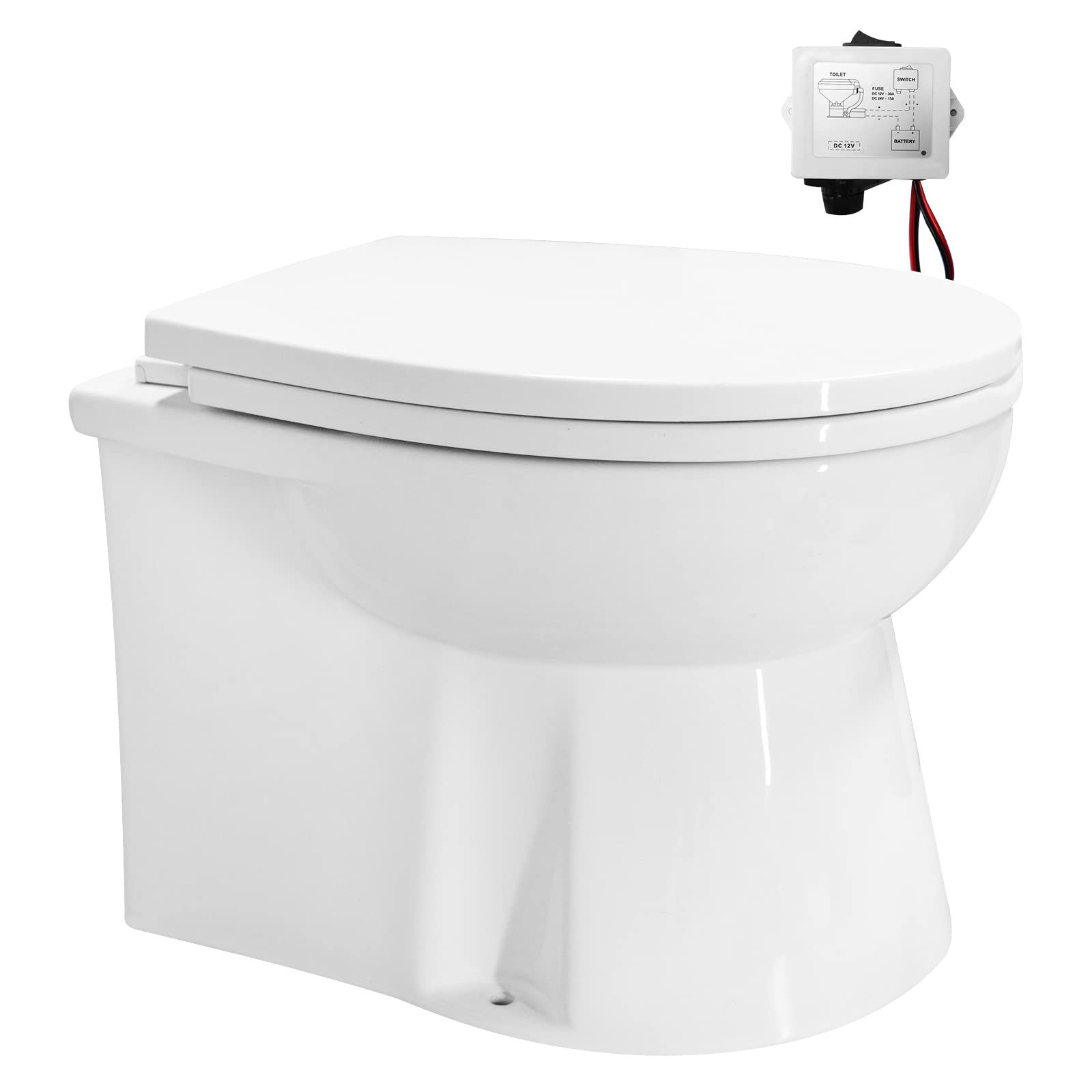
Environmental Regulations and Compliance
Environmental regulations play a significant role in determining the type of marine toilet suitable for a vessel. Many regions have strict laws governing the discharge of sewage into the water, requiring boats to have onboard holding tanks or treatment systems. For instance, some areas mandate the use of Type I or Type II Marine Sanitation Devices (MSDs), which treat waste to reduce pathogens before discharge. Type III MSDs, which involve holding tanks, are also common and must be pumped out at designated facilities. Understanding and complying with these regulations is essential to avoid fines and contribute to marine conservation efforts.
Maintenance and Durability
The harsh marine environment imposes unique demands on sanitation systems, making durability and ease of maintenance critical factors in the selection process. Saltwater corrosion, wear and tear from constant movement, and exposure to varying temperatures can all impact the longevity of a marine toilet. When choosing a toilet, it’s important to consider the materials used in its construction. High-quality, corrosion-resistant materials such as stainless steel, porcelain, and heavy-duty plastics are preferable. Additionally, regular maintenance, including cleaning, inspecting seals, and lubricating moving parts, is necessary to ensure reliable operation. Opting for a toilet with easily accessible components can simplify maintenance tasks and extend the system’s lifespan.
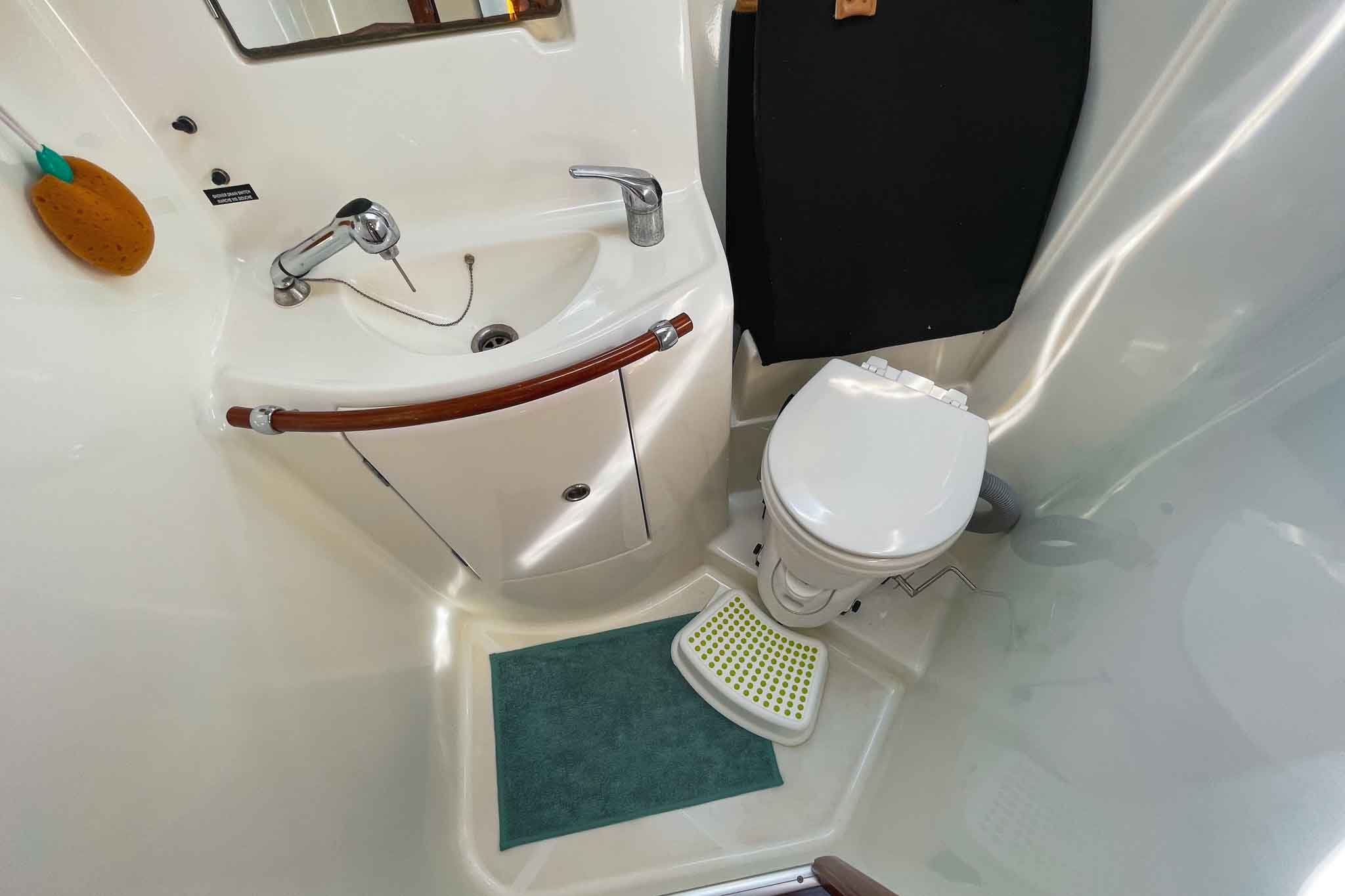
Comfort and Usability
Comfort and usability are essential considerations, particularly for those who spend extended periods on their boats. The size and design of the toilet seat, the flushing mechanism, and the overall ergonomics can significantly impact user experience. For example, electric toilets often offer a more comfortable and user-friendly experience compared to manual models, especially for individuals with mobility issues. It’s also worth considering the noise level of the flushing system, as some electric models can be quite loud. Ensuring that the toilet is easy to operate and comfortable to use can enhance the overall enjoyment of time spent on the water.
Cost Considerations
The cost of marine toilets can vary widely depending on the type, brand, and features. Manual toilets are generally the most affordable option, while electric and composting toilets tend to be more expensive. In addition to the initial purchase price, it’s important to factor in installation costs, which can vary depending on the complexity of the system and whether professional installation is required. Maintenance costs, including replacement parts and routine servicing, should also be considered. While it might be tempting to opt for the cheapest option, it’s worth investing in a high-quality toilet that will offer reliable performance and longevity, ultimately providing better value for money.
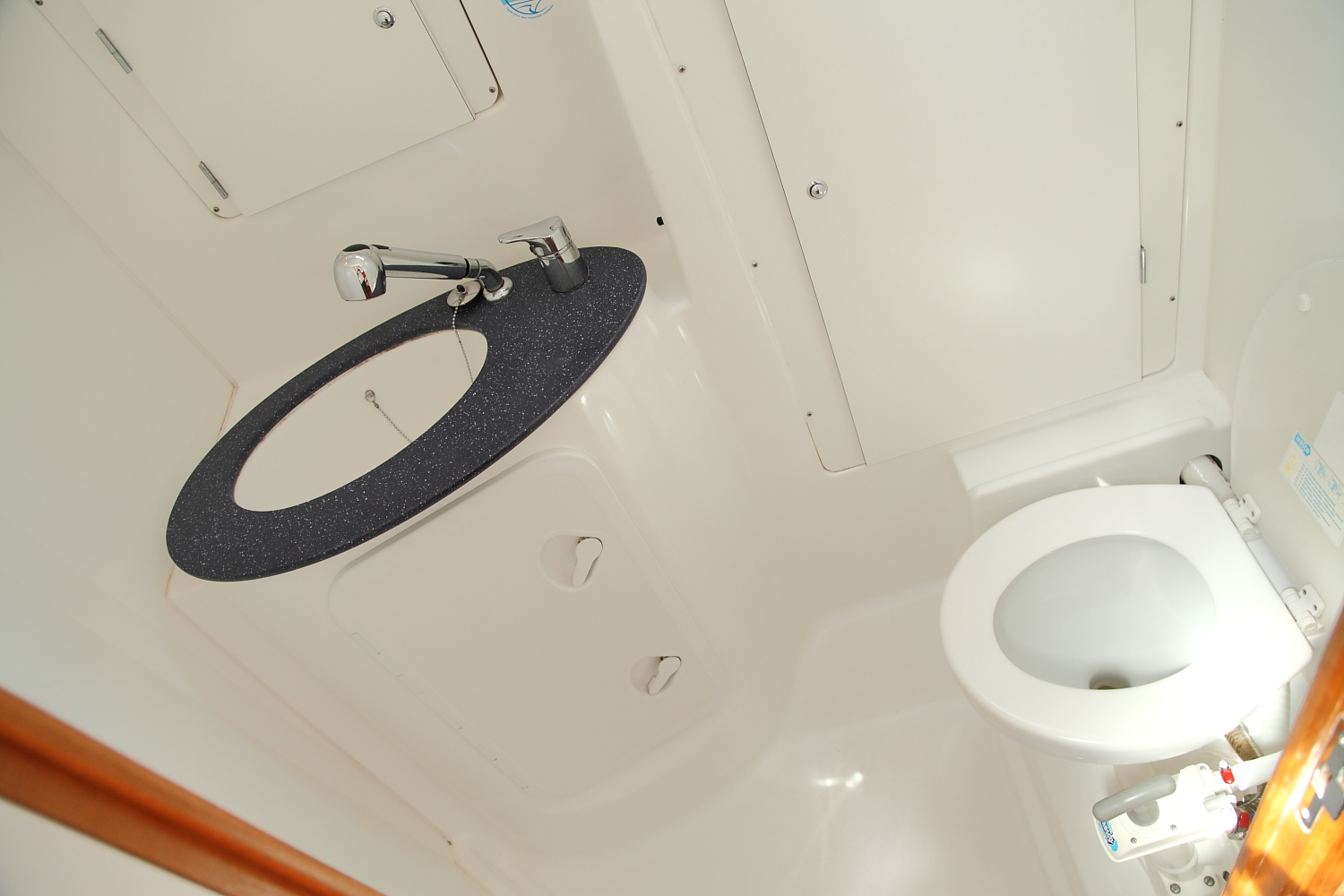
Choosing the Right Model for Your Needs
Selecting the right marine toilet involves balancing several factors, including the type of boating you do, the size of your vessel, and your budget. Day boaters who make short trips may prioritize simplicity and low cost, making a manual toilet an attractive option. However, those who embark on long voyages or live aboard their boats may benefit from the convenience and comfort of an electric or composting toilet. It’s also important to consider the number of people using the toilet and how frequently it will be used, as this can influence the size and capacity of the system needed. Consulting with other boat owners and seeking advice from marine supply experts can provide valuable insights and help you make an informed decision.
Installation Tips and Best Practices
Proper installation of a marine toilet is crucial for ensuring its functionality and longevity. Before installation, carefully read the manufacturer’s instructions and gather all necessary tools and materials. Ensure that the toilet is securely mounted to prevent movement and leaks, and that all connections are properly sealed. When installing a holding tank, position it in a location that allows easy access for pumping out and maintenance. It’s also important to consider ventilation, especially for composting toilets, to prevent odors and promote effective decomposition. Regularly inspect the installation for signs of wear, leaks, or corrosion, and address any issues promptly to avoid more significant problems down the line.
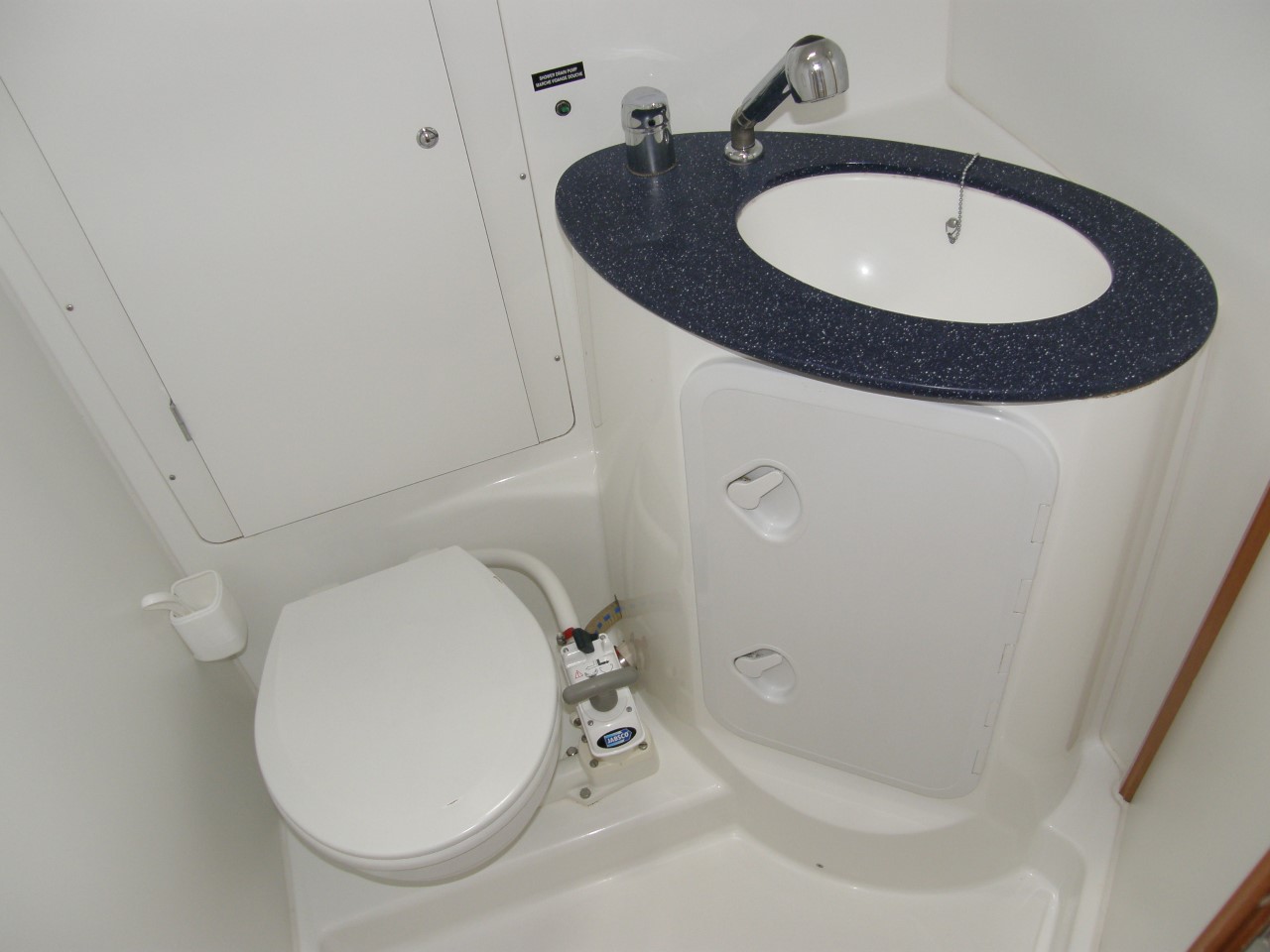
Pump-Out Stations and Waste Management
Effective waste management is a critical aspect of marine sanitation. For boats equipped with holding tanks, finding and using pump-out stations is essential. Many marinas and harbors offer these facilities, allowing boaters to empty their tanks safely and legally. It’s important to plan routes with pump-out station availability in mind, especially for longer trips. Additionally, understanding how to operate the pump-out system and following proper procedures can prevent mishaps and ensure efficient waste removal. Some boats also use macerator pumps to break down waste before it enters the holding tank, making pump-outs easier and more effective.
The Role of Technology in Modern Marine Toilets
Advancements in technology have led to the development of marine toilets that are more efficient, user-friendly, and environmentally friendly. Modern electric toilets often feature touchpad controls, programmable settings, and integrated diagnostics for easy troubleshooting. Some systems include sensors that monitor waste levels and alert users when the tank is nearly full. Innovations in waste treatment technology have also improved the effectiveness of onboard treatment systems, reducing environmental impact and enabling more sustainable boating practices. Staying informed about the latest technological developments can help boat owners choose a toilet that meets their needs and takes advantage of the best available solutions.
Hygienic Practices and User Etiquette
Maintaining hygiene on board is essential for the health and comfort of everyone on the boat. Adopting good sanitation practices and user etiquette can prevent issues such as clogging, odors, and contamination. Encourage all users to follow guidelines for proper use, such as not flushing non-biodegradable items or excessive amounts of toilet paper. Regularly clean the toilet and surrounding area with marine-safe cleaning products to prevent the buildup of bacteria and mold. Providing hand sanitizer and ensuring that handwashing facilities are accessible can further promote hygiene. Clear communication and setting expectations for all passengers can help maintain a clean and pleasant environment.
Planning for Future Upgrades and Modifications
As boating needs and technologies evolve, it’s worth considering future upgrades and modifications to your marine sanitation system. If you’re planning to upgrade your boat or increase the duration of your trips, you may need a more advanced or higher-capacity toilet system. Keeping abreast of new products and innovations in marine sanitation can help you make informed decisions when it’s time to update your equipment. Additionally, maintaining detailed records of your current system, including installation details and maintenance history, can simplify future modifications and ensure compatibility with new components.
Conclusion: Ensuring a Smooth Sailing Experience
Choosing the right marine toilet is a critical decision that impacts the overall boating experience. By understanding the different types of marine toilets, considering space and installation constraints, complying with environmental regulations, and prioritizing maintenance and comfort, boat owners can select a system that meets their needs and enhances their time on the water. Proper installation, effective waste management, and adopting hygienic practices further contribute to a smooth and enjoyable sailing experience. With careful consideration and planning, boaters can ensure that their marine sanitation system is reliable, efficient, and environmentally responsible, allowing them to focus on the pleasures of life at sea.
